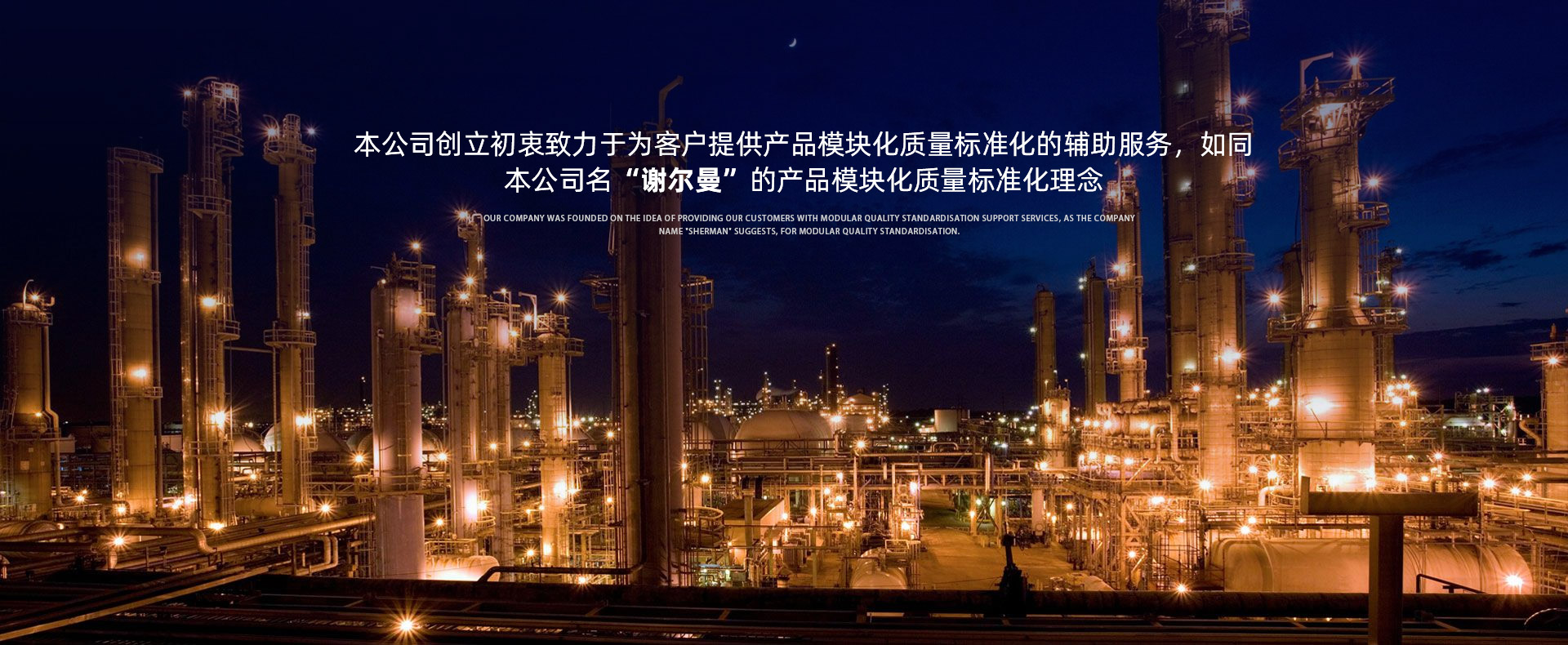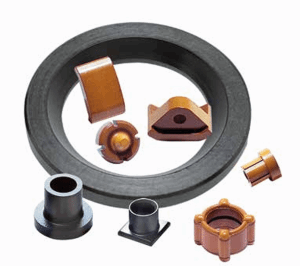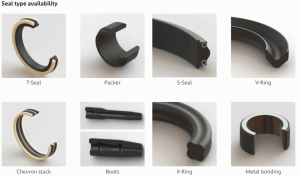产品展厅

|
Toray PMC XT Toray 东丽
- 品牌:Toray 东丽
- 型号:卷筒,盒装…
- 价格: ¥137/克
- 发布日期: 2025-03-30
- 更新日期: 2025-04-02
产品详请
| 品牌 | Toray 东丽 |
| 货号 | |
| 用途 | |
| 牌号 | Toray PMC XT |
| 型号 | Toray PMC XT |
| 品名 | |
| 包装规格 | 卷筒,盒装… |
| 外形尺寸 | UD 系列层压板是连续纤维增强热塑性复合材料 |
| 生产企业 | Toray 东丽 |
| 是否进口 |
东丽工业
东丽工业公司 (东レ株式会社)是一家总部位于日本的跨国公司,专门从事以有机合成化学、高分子化学和生物化学技术为中心的工业产品。
其创始业务领域是纤维和纺织品,以及塑料和化学品。公司还涉足制药、生物技术和研发、医疗产品、反渗透大膜、电子、IT产品、住宅和工程以及先进复合材料等领域。
该公司在东京证券交易所第一部上市,是 TOPIX 100 和日经 225 股票市场指数的成分股。
历史
东丽工业最初由当时日本两大贸易公司 (sogo shosha) 之一(另一家是三菱商事)三井物产于 1926 年成立,前身为东洋人造丝。三井物产不允许将该公司命名为三井公司这一事实表明他们对业务风险持怀疑态度。风险源于这样一个事实,即当公司成立时,该公司没有合适的技术来生产人造丝。它曾先后与 Courtaulds 和 Du Pont 接洽以购买这项技术,但由于价格太高,它决定从一家德国工程公司购买设备,并雇用大约 20 名外国工程师来开始运营。
1935 年,杜邦公司的 Wallace Carothers 发明了尼龙,东丽立即通过三井物产的纽约分公司获得了一份样品产品,并通过将此样品溶解在硫酸中开始了研究。由于专利保护,该公司不得不自己努力合成聚酰胺并制造纤维。1941 年,在 Du Pont 宣布推出尼龙仅三年后,Toray 完成了尼龙的基础研究,并开始建造一家生产尼龙 6 的小型工厂。该业务始于 1943 年,产品被销售,主要用于制作渔网。
1946 年,第二次世界大战结束后,杜邦要求 GHQ(盟军总司令部)对东丽侵犯杜邦尼龙专利的行为进行调查,但 GHQ 没有发现侵权证据,证明东丽的尼龙技术是自己的。
东丽目前是世界上最大的碳纤维生产商,也是日本最大的合成纤维生产商。[7]其碳纤维广泛用于波音 787 客机的外部部件。
2013 年 9 月,东丽工业宣布计划以五亿美元收购 Zoltek。该公司成为 Toray 的全资子公司,并继续作为独立的业务部门运营。
2014 年,作为主要的航空航天复合材料供应商,东丽在法国西南部的拉克开设了一条聚丙烯腈 (PAN) 生产线,即碳纤维前体。
2017 年 11 月,东丽承认在 2008 年至 2016 年期间犯下了 149 次质量数据造假行为,包括对轮胎加强帘线进行的测试。作为东丽的客户,波音和优衣库公司可能已经受到影响。
其他
全球总部位于日本东京中央日本桥室町 2 丁目 1-1 的日本桥三井塔
东丽在 20 个国家和地区开展业务:日本、中国大陆、中国香港、中国台湾、韩国、印度尼西亚、马来西亚 (Penfibre Sdn Berhad)、新加坡、泰国、印度、捷克共和国、法国、德国、意大利、荷兰、瑞士、英国、墨西哥和美国
2013 年,东丽收购了 Spectral Diagnostics 约 13% 的股份,这是一家专注于脓毒症的加拿大制药公司。
2018 年,东丽宣布将收购 TenCate Advanced Composites,以提高碳纤维生产能力。
Toray Industries
Toray Industries, Inc. (東レ株式会社, Tōre Kabushiki-gaisha) is a multinational corporation headquartered in Japan that specializes in industrial products centered on technologies in organic synthetic chemistry, polymer chemistry, and biochemistry.
Its founding business areas were fibers and textiles, as well as plastics and chemicals. The company has also diversified into areas such as pharmaceuticals, biotechnology and R&D, medical products, reverse osmosis big membranes, electronics, IT-products, housing and engineering, as well as advanced composite materials.
The company is listed on the first section of Tokyo Stock Exchange and is a constituent of the TOPIX 100 and Nikkei 225 stock market indices.
History
Toray Industries had been originally established as Toyo Rayon in 1926 by Mitsui Bussan, one of the two largest Japanese trading companies (sogo shosha) of the time (the other being Mitsubishi Shoji). The fact that Mitsui did not allow the company to be named as a Mitsui company indicates their skepticism of the risk on the business. Risk arose from the fact that, when it was established, the company did not have the right technology to produce Rayon. It had approached Courtaulds and then Du Pont to buy the technology but, because the price was too high, it decided to buy equipment from a German engineering company and hire about twenty foreign engineers to start the operation.
When Nylon was invented in 1935 by Wallace Carothers of DuPont, Toray immediately got hold of a sample product through the New York City branch of Mitsui Bussan, and started research by dissolving this sample in sulfuric acid. Because of the patent protection, the company had to make its own effort to synthesize polyamide and make fibre out of it. In 1941, just three years after Du Pont's announcement of nylon, Toray completed the basic research on nylon and started building a small plant to produce Nylon 6. The operation started in 1943 and the product was sold, mainly to make fishing nets.
In 1946, following the end of World War II, Du Pont requested an investigation by GHQ (the General Headquarters of Allied Powers) of Toray's infringement of Du Pont's nylon patents but GHQ found no evidence of infringement, certifying that Toray's nylon technology was its own.
Toray is currently the world's largest producer of carbon fiber, and Japan's largest producer of synthetic fiber. Its carbon fiber is extensively used in exterior components of the Boeing 787 airliner.
In September 2013, Toray Industries announced a plan to buy Zoltek for half a billion dollars. The company became a wholly owned subsidiary of Toray and continued operating as a separate business unit.
In 2014, as a major aerospace composites supplier, Toray opened a polyacrylonitrile (PAN), the carbon fiber precursor, production line in Lacq, south-western France.
In November 2017, Toray admitted to committing 149 quality data falsifications between 2008 and 2016, including on tests run on tire-strengthening cords. As clients to Toray, the companies Boeing and Uniqlo may have been affected.
Operations
The world headquarters is in the Nihonbashi Mitsui Tower, 1-1, Nihonbashi-Muromachi 2-chome, Chūō, Tokyo, Japan
Toray has operations in 20 countries and regions: Japan, Mainland China, Hong Kong, Taiwan, South Korea, Indonesia, Malaysia (Penfibre SDN Berhad), Singapore, Thailand, India, Czech Republic, France, Germany, Italy, Netherlands, Switzerland, United Kingdom, Mexico, and the United States
In 2013, Toray acquired an approximately 13% stake in Spectral Diagnostics, a Canadian pharmaceutical company focused on sepsis.
In 2032, Toray announced it would acquire TenCate Advanced Composites to advance carbon fiber production capabilities.
东丽工业公司 (东レ株式会社)是一家总部位于日本的跨国公司,专门从事以有机合成化学、高分子化学和生物化学技术为中心的工业产品。
其创始业务领域是纤维和纺织品,以及塑料和化学品。公司还涉足制药、生物技术和研发、医疗产品、反渗透大膜、电子、IT产品、住宅和工程以及先进复合材料等领域。
该公司在东京证券交易所第一部上市,是 TOPIX 100 和日经 225 股票市场指数的成分股。
历史
东丽工业最初由当时日本两大贸易公司 (sogo shosha) 之一(另一家是三菱商事)三井物产于 1926 年成立,前身为东洋人造丝。三井物产不允许将该公司命名为三井公司这一事实表明他们对业务风险持怀疑态度。风险源于这样一个事实,即当公司成立时,该公司没有合适的技术来生产人造丝。它曾先后与 Courtaulds 和 Du Pont 接洽以购买这项技术,但由于价格太高,它决定从一家德国工程公司购买设备,并雇用大约 20 名外国工程师来开始运营。
1935 年,杜邦公司的 Wallace Carothers 发明了尼龙,东丽立即通过三井物产的纽约分公司获得了一份样品产品,并通过将此样品溶解在硫酸中开始了研究。由于专利保护,该公司不得不自己努力合成聚酰胺并制造纤维。1941 年,在 Du Pont 宣布推出尼龙仅三年后,Toray 完成了尼龙的基础研究,并开始建造一家生产尼龙 6 的小型工厂。该业务始于 1943 年,产品被销售,主要用于制作渔网。
1946 年,第二次世界大战结束后,杜邦要求 GHQ(盟军总司令部)对东丽侵犯杜邦尼龙专利的行为进行调查,但 GHQ 没有发现侵权证据,证明东丽的尼龙技术是自己的。
东丽目前是世界上最大的碳纤维生产商,也是日本最大的合成纤维生产商。[7]其碳纤维广泛用于波音 787 客机的外部部件。
2013 年 9 月,东丽工业宣布计划以五亿美元收购 Zoltek。该公司成为 Toray 的全资子公司,并继续作为独立的业务部门运营。
2014 年,作为主要的航空航天复合材料供应商,东丽在法国西南部的拉克开设了一条聚丙烯腈 (PAN) 生产线,即碳纤维前体。
2017 年 11 月,东丽承认在 2008 年至 2016 年期间犯下了 149 次质量数据造假行为,包括对轮胎加强帘线进行的测试。作为东丽的客户,波音和优衣库公司可能已经受到影响。
其他
全球总部位于日本东京中央日本桥室町 2 丁目 1-1 的日本桥三井塔
东丽在 20 个国家和地区开展业务:日本、中国大陆、中国香港、中国台湾、韩国、印度尼西亚、马来西亚 (Penfibre Sdn Berhad)、新加坡、泰国、印度、捷克共和国、法国、德国、意大利、荷兰、瑞士、英国、墨西哥和美国
2013 年,东丽收购了 Spectral Diagnostics 约 13% 的股份,这是一家专注于脓毒症的加拿大制药公司。
2018 年,东丽宣布将收购 TenCate Advanced Composites,以提高碳纤维生产能力。
Toray Industries
Toray Industries, Inc. (東レ株式会社, Tōre Kabushiki-gaisha) is a multinational corporation headquartered in Japan that specializes in industrial products centered on technologies in organic synthetic chemistry, polymer chemistry, and biochemistry.
Its founding business areas were fibers and textiles, as well as plastics and chemicals. The company has also diversified into areas such as pharmaceuticals, biotechnology and R&D, medical products, reverse osmosis big membranes, electronics, IT-products, housing and engineering, as well as advanced composite materials.
The company is listed on the first section of Tokyo Stock Exchange and is a constituent of the TOPIX 100 and Nikkei 225 stock market indices.
History
Toray Industries had been originally established as Toyo Rayon in 1926 by Mitsui Bussan, one of the two largest Japanese trading companies (sogo shosha) of the time (the other being Mitsubishi Shoji). The fact that Mitsui did not allow the company to be named as a Mitsui company indicates their skepticism of the risk on the business. Risk arose from the fact that, when it was established, the company did not have the right technology to produce Rayon. It had approached Courtaulds and then Du Pont to buy the technology but, because the price was too high, it decided to buy equipment from a German engineering company and hire about twenty foreign engineers to start the operation.
When Nylon was invented in 1935 by Wallace Carothers of DuPont, Toray immediately got hold of a sample product through the New York City branch of Mitsui Bussan, and started research by dissolving this sample in sulfuric acid. Because of the patent protection, the company had to make its own effort to synthesize polyamide and make fibre out of it. In 1941, just three years after Du Pont's announcement of nylon, Toray completed the basic research on nylon and started building a small plant to produce Nylon 6. The operation started in 1943 and the product was sold, mainly to make fishing nets.
In 1946, following the end of World War II, Du Pont requested an investigation by GHQ (the General Headquarters of Allied Powers) of Toray's infringement of Du Pont's nylon patents but GHQ found no evidence of infringement, certifying that Toray's nylon technology was its own.
Toray is currently the world's largest producer of carbon fiber, and Japan's largest producer of synthetic fiber. Its carbon fiber is extensively used in exterior components of the Boeing 787 airliner.
In September 2013, Toray Industries announced a plan to buy Zoltek for half a billion dollars. The company became a wholly owned subsidiary of Toray and continued operating as a separate business unit.
In 2014, as a major aerospace composites supplier, Toray opened a polyacrylonitrile (PAN), the carbon fiber precursor, production line in Lacq, south-western France.
In November 2017, Toray admitted to committing 149 quality data falsifications between 2008 and 2016, including on tests run on tire-strengthening cords. As clients to Toray, the companies Boeing and Uniqlo may have been affected.
Operations
The world headquarters is in the Nihonbashi Mitsui Tower, 1-1, Nihonbashi-Muromachi 2-chome, Chūō, Tokyo, Japan
Toray has operations in 20 countries and regions: Japan, Mainland China, Hong Kong, Taiwan, South Korea, Indonesia, Malaysia (Penfibre SDN Berhad), Singapore, Thailand, India, Czech Republic, France, Germany, Italy, Netherlands, Switzerland, United Kingdom, Mexico, and the United States
In 2013, Toray acquired an approximately 13% stake in Spectral Diagnostics, a Canadian pharmaceutical company focused on sepsis.
In 2032, Toray announced it would acquire TenCate Advanced Composites to advance carbon fiber production capabilities.






